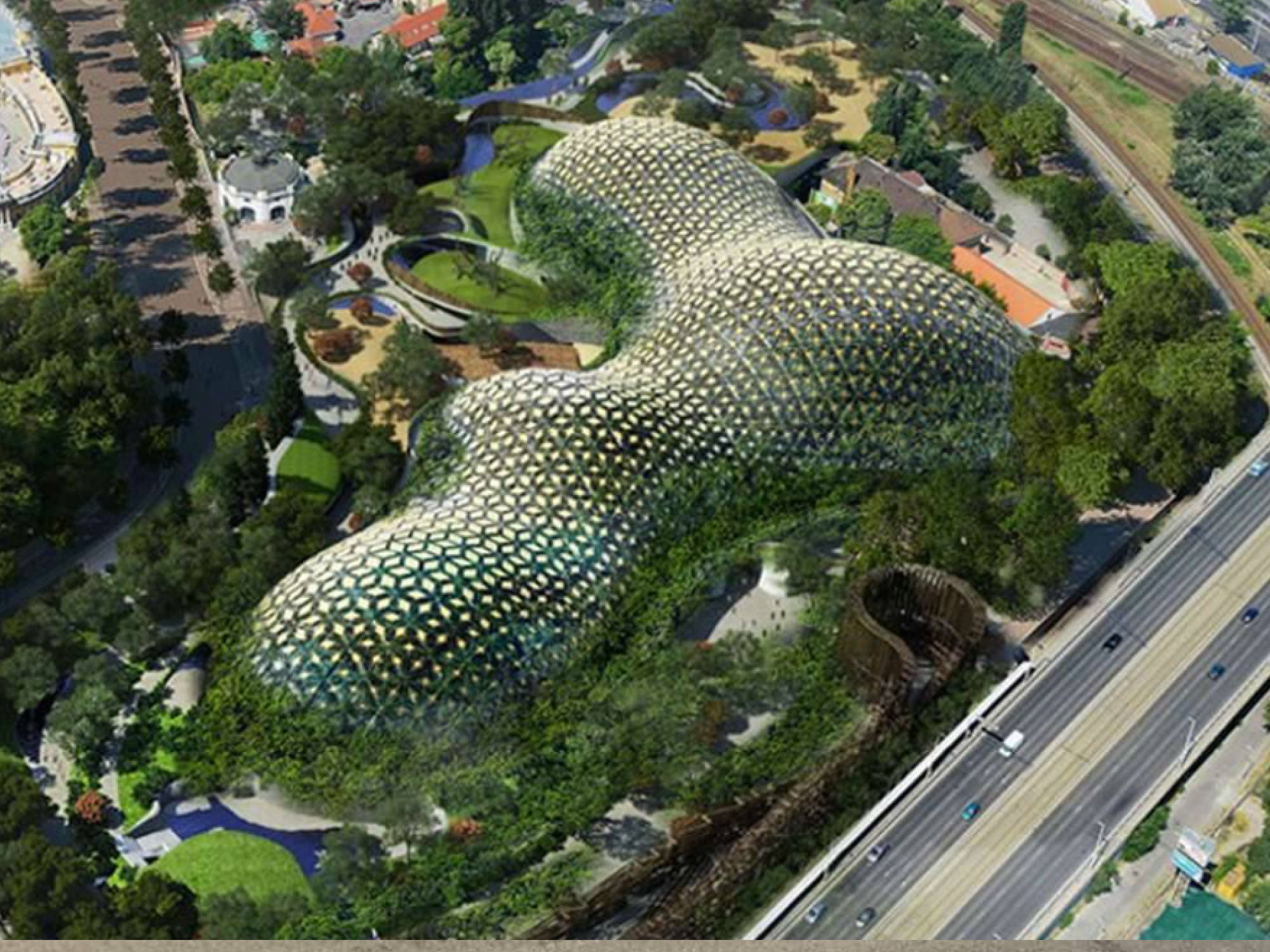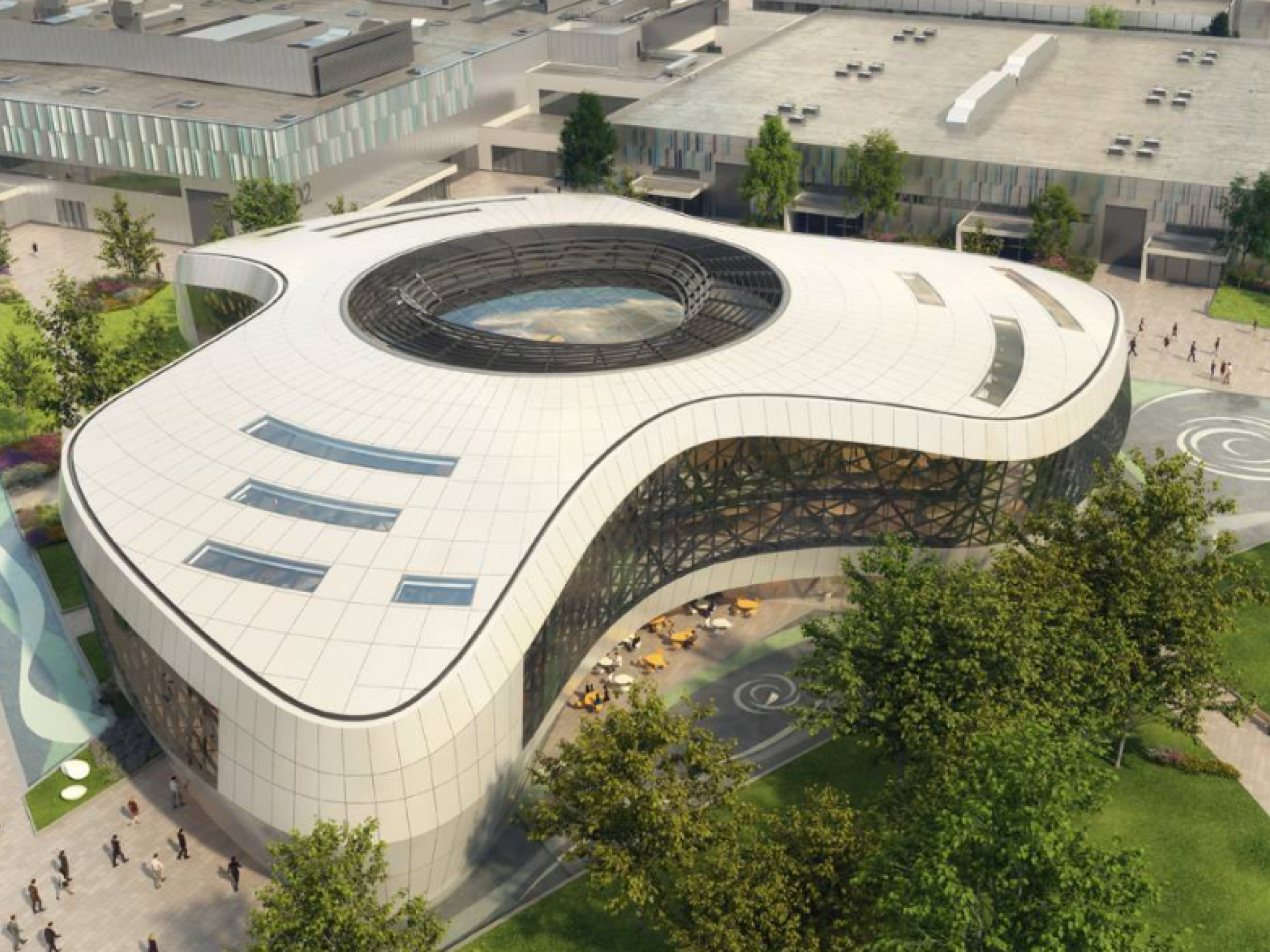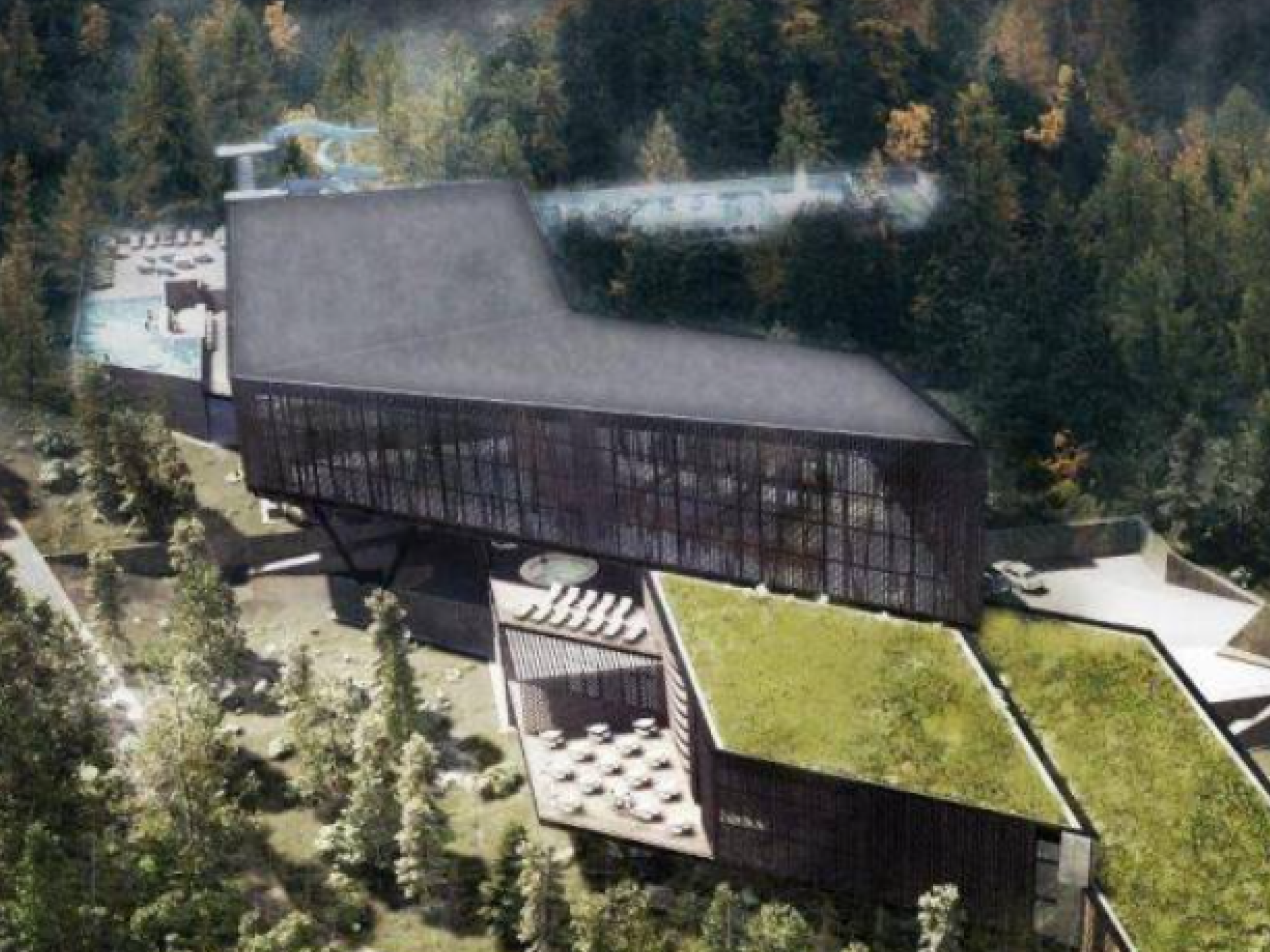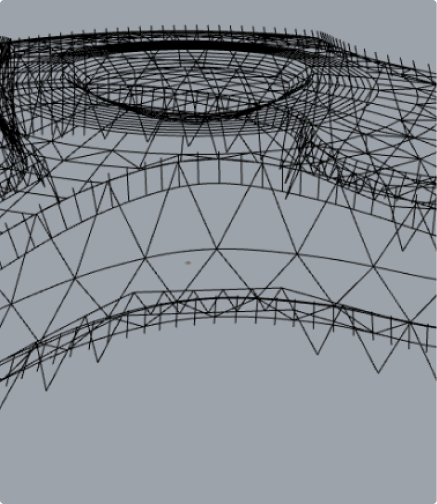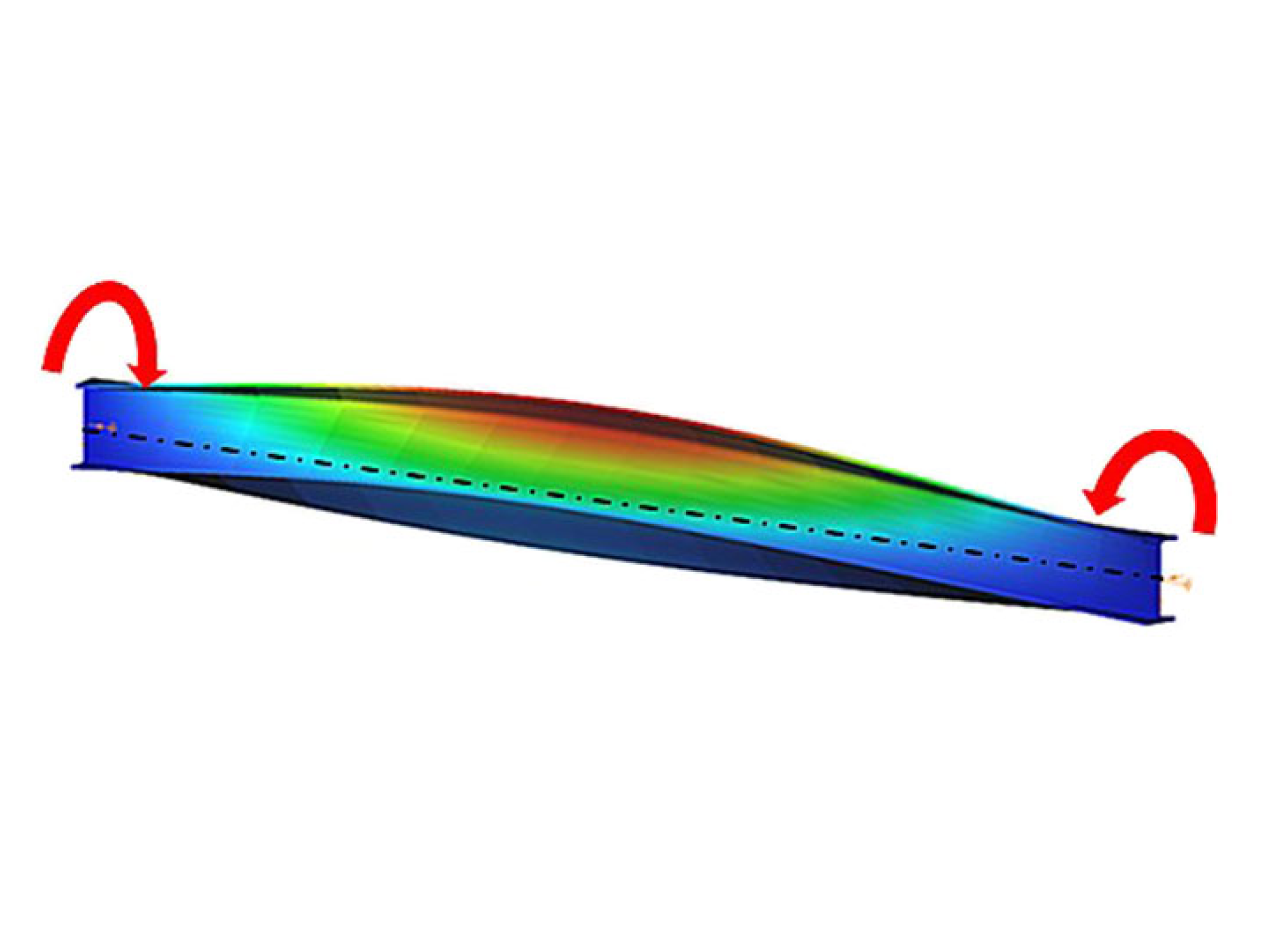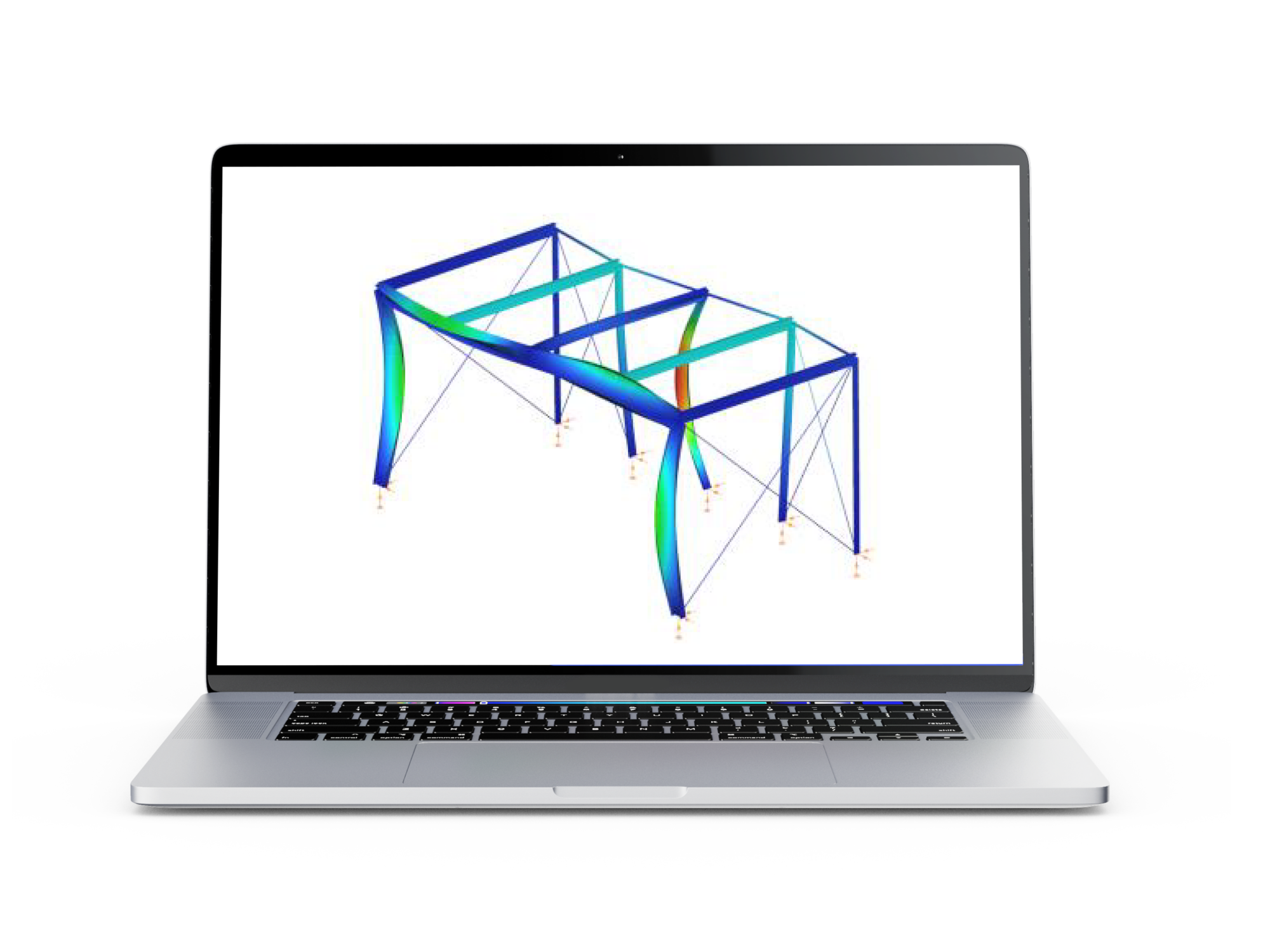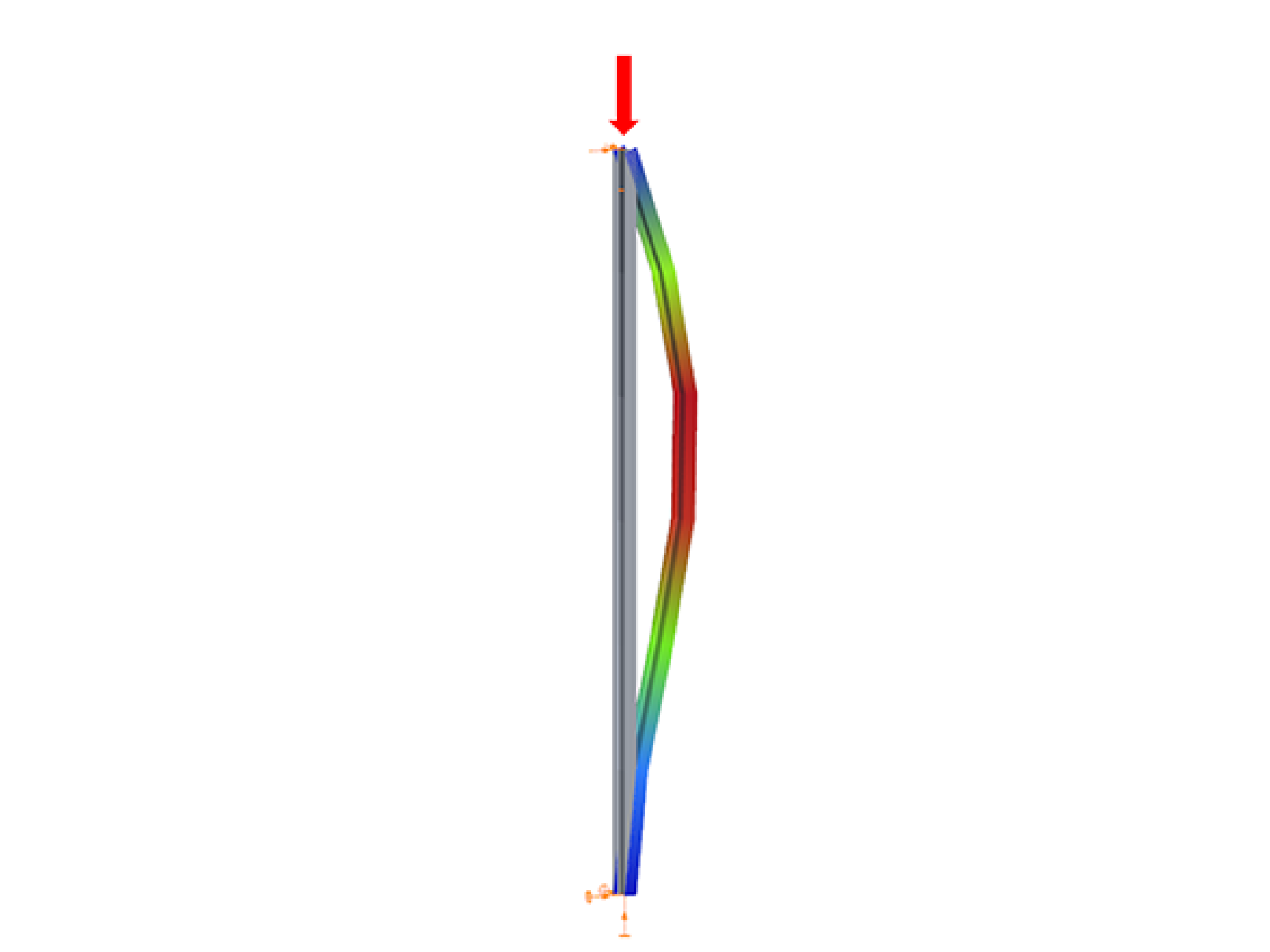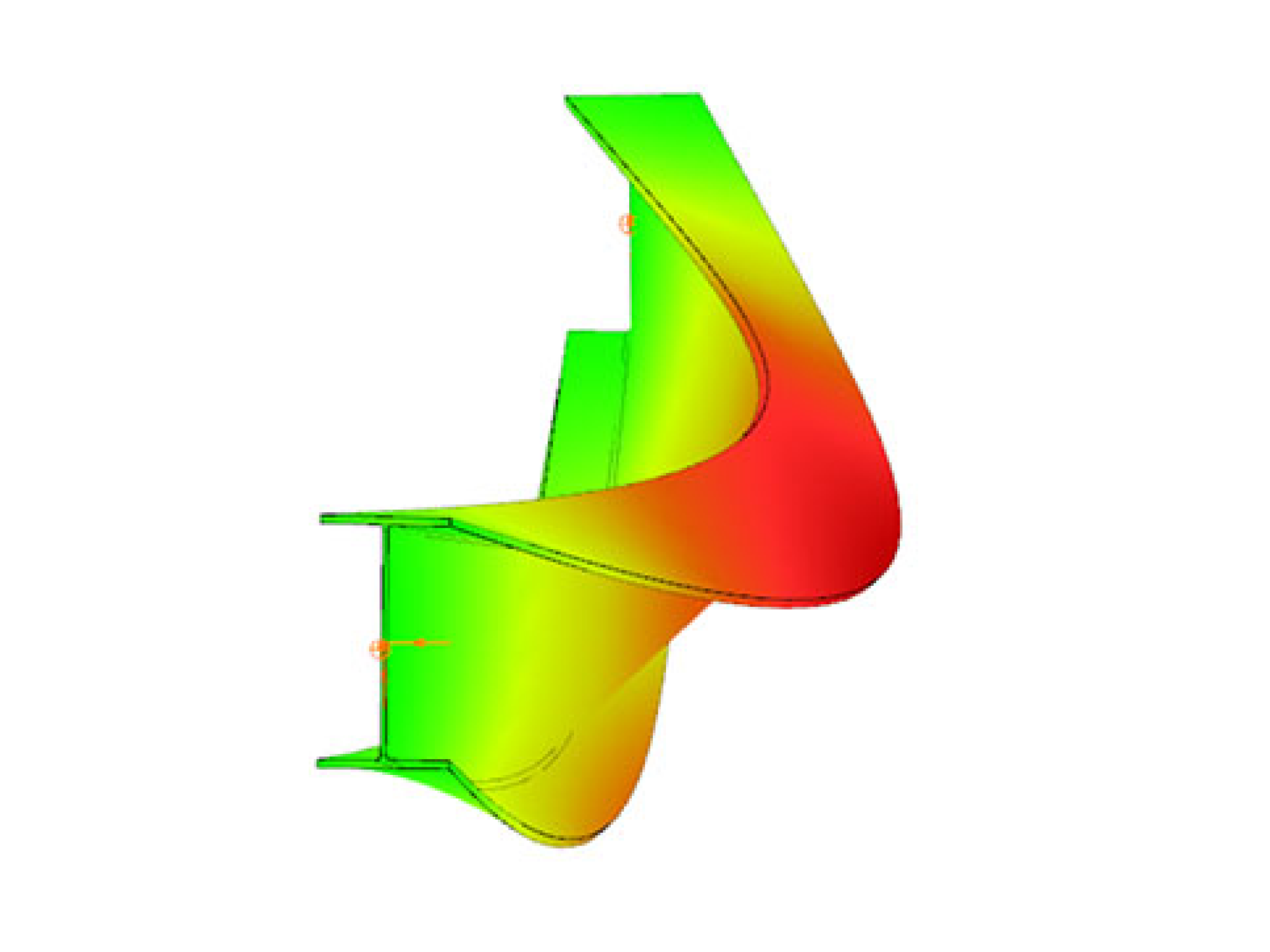Stability design
In structural engineering, ensuring the stability and integrity of a structure against buckling is crucial. However, engineers frequently face limitations in conventional software, where buckling analysis is oversimplified or disconnected from the design process.
No credit card required
Specific Feature Solutions for Stability design in Consteel
Buckling sensitivity analysis
The global model-based buckling analysis results a number of different, yet still relevant buckling shapes. For the design of individual structural members, identifying the critical buckling shapes and their associated slenderness values is essential. Buckling sensitivity analysis is an efficient tool that provides these key insights. It determines the critical structural members based on the deformation energies of the buckling mode shapes. This innovative procedure – developed by Consteel – eliminates the need for manually defining stability design parameters (buckling lengths, unrestrained lengths), while still accurately reflecting the real structural configuration.
Imperfection analysis
Direct consideration of structural imperfections is often required by the code, while in other cases, it represents a compelling alternative solution for stability design. In Consteel, any type of global imperfection – whether it’s initial bow, sway, or notional load – can be easily defined and and their effects can be precisely calculated thanks to the unique 7 DOF finite element and complete second order analysis. The appropriate definition of the amplitude of imperfections is vital, which is neither explicitly ruled in the standard nor simple to determine. Consteel provies a unique development of its own to handle this problem. The Overall Imperfection Method automatically determines imperfection amplitudes using standard buckling and lateral-torsional buckling curves combined with buckling analysis, leading the imperfection analysis to results that are completely consistent with the reduction factor method.
Automatic buckling design based on the ‘General Method’
General Method is the smartest way of stability design, described in EN 1993-1-1. It is applicable for any complex cases of out-of-plane buckling problems (flexural, torsional, and lateral-torsional buckling, and any interactions of these) with arbitrary members, loading and support conditions. Based on the global buckling and sensitivity analysis, it provides a comprehensive and automatic solution for stability design.
Local and distortional buckling design of parametric cold-formed profiles
In Consteel, numerous different cold-formed sections can be defined parametrically, including Z, C, U, Sigma, Zeta and hat sections with variations of edge, flange and web stiffeners. Complete design calculation is provided for all of them considering local buckling according to EN 1993-1-5 and distortional buckling as per EN 1993-1-3 and interaction of those, fully automatically.
Global buckling analysis
Global buckling analysis serves Consteel’s automatic stability design based on the General Method of EN 1993-1-1. It is a linear eigenvalue analysis performed on the whole structural model calculating the elastic critical load levels and connected buckling shapes showing the relevant modes of stability loss. All global buckling modes (flexural, torsional, and lateral-torsional buckling, and any interactions of these) are calculated, visualized and can be used for automatic design.
Complete second-order analysis
On a spatially deformed slender steel bar member, the acting loads cause secondary effects way more complex than the well-known P-δ effect. With Consteel’s 7 DOF finite element, the second-order effects caused by loads on every spatial deformation component can be calculated. Consequently, the effects of any kind of imperfection, eccentricity of loads, supports or joints on deformations and internal forces can be considered in the design.
OUR PARTNERS
ReferenceS by OUR users
How can Consteel IMPROVE your work?
WHY CHOOSE CONSTEEL?
WHO RECOMMENDS US?

’Consteel is a great asset for Arambol Ingeniería S.L. Thanks to its workflow we can design, calculate and present a project in record time. The program is very intuitive and easy to use. Technically, the seventh degree of freedom is an enormously useful tool to check structures with the general method, and even obtain reliable results thanks to the use of buckling shapes together with the imperfections to obtain utilization ratios that, physically, are more realistic than the reduction coefficients. Consteel has very specialized features such as the shear field or the frame corner wizard that add an extra degree of professionalism to the calculation, which translates into greater efficiency in the use of steel and, therefore, money.’

’The Alba Arena project highlighted the extraordinary potential of the Consteel software and Pangolin. It is a pioneering technology that enables the parametric design of complex geometry and large-scale structures through the Grasshopper system. The Pangolin award is an exceptional recognition for me and the bim.GROUP, as it is a positive feedback on the quality of our work and an opportunity to showcase our expertise on an international level.’ said Dávid Lewandowski, Steel Structure Designer, regarding the award.’

’Consteel’s technical support team is very professional. Especially Mr. Balint Vaszilievits-Sömjén, he has been a great help to us! We were impressed by his professionalism and dedication. We are satisfied with the use of Consteel, which has proven its worth in our international projects.’
’I started using the Consteel design software during my university studies, when it was Consteel version 6. Even then I was impressed by the simplicity, transparency, and speed of the program. Since then, I have had the pleasure of designing many structures with the program, from small to large: industrial halls, office buildings, large opening roof structures, staircases, flying garages, pipe bridges, canopies, secondary closure elements, or the transmission line poles on which my doctoral thesis was based.
The bottom line is that it allows a structural engineer to model any structure in 3D in a structurally correct way, yet quickly and with a low risk of error. The most complex geometric type includes, for example, a lattice structure, where stability loss shapes can be efficiently calculated and sections optimised. One of my favourite features is the interpretability of the results, and the fact that the program receives significant updates year after year, which is the most user-oriented.’

’From the very beginning, I really like Consteel because it can be used to perform global steel structure tests in a complex and compact way, efficiently. In addition, the software integrates well with automated parameter-driven design algorithms – so I can heartily recommend it.’


The approach of the Consteel team to software development also deserves praise, which shows a well-thought-out path of software development in terms of suitability for practical applications (and not only in terms of changing the graphic interface as is the case in other developers).
We recommend Consteel to all experienced engineers.’


knowledge behind consteel
SIMPLIFY YOUR DESIGN PROCESS

Example ModelS
Warehouse building example for Overall Imperfection Method
Warehouse building example for Overall Imperfection Method in Consteel
Watch our user guide about How to use the Overall Imperfection Method to learn more.
Version: CS14.831

